Tag: sedation
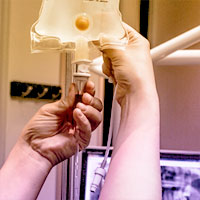
Sedatives in Neurocritical Care
Extrapolating the findings from studies in the general ICU population suggests to reserve deep continuous sedation in the neuro-ICU for specific indications. Although an improved understanding of cerebral physiological changes... read more

Effect of Single-Dose Dexmedetomidine on Intraoperative Hemodynamics and Postoperative Recovery during Pediatric Adenotonsillectomy
Premedication of dexmedetomidine at the dose of 1 μg/kg in children undergoing adenotonsillectomy resulted in favorable effect on intraoperative hemodynamics, significant decrease in postoperative EA without causing any... read more

Pharmacotherapy in Neurointensive Care
Neurointensive care medicine has experienced great advancements and developments of neuromonitoring techniques, allowing a better comprehension of acute brain injury early phase pathological mechanisms and an overall improvement... read more
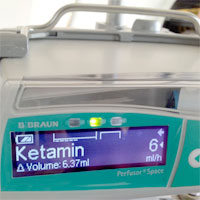
Ketamine Sedation for Patients With Acute Behavioral Disturbance During Aeromedical Retrieval
Acute behavioural disturbance(ABD), also known as Excited Delirium Syndrome, is a medical emergency with reported mortality of 8-10%. The management of ABD usually involves a judicious combination of de-escalation techniques,... read more
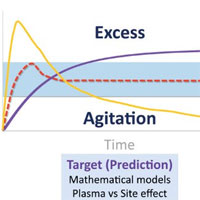
Sedation in the ICU – Good Past – Better Future?
The concepts for good sedation include defining the range of sedation, the need for agents with rapid response that can be easily and rapidly varied in restless and confused patients, various modes of ventilation, continuous... read more

Organizational Factors Associated with Target Sedation on the First 48 hours of Mechanical Ventilation
Although light sedation levels are associated with several beneficial outcomes for critically ill patients on mechanical ventilation, the majority of patients are still deeply sedated. Organizational factors may play a role... read more
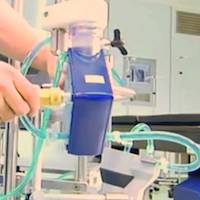
Sedation Practice in ECMO-Treated Patients with ARDS
Our objective was to characterize sedation management in adult patients with severe respiratory distress syndrome (ARDS) treated with venovenous extracorporeal membrane oxygenation (VV-ECMO). We conducted a retrospective... read more

Sedation in ICU patients – Need for Standardized Protocols
A Johns Hopkins-led study on sedation practices in critically ill patients in a resource-limited setting finds that deep sedation, agitation, and benzodiazepines were independently associated with worse clinical outcomes.... read more
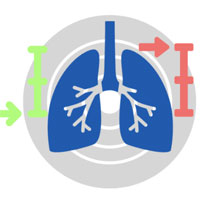
Tidal Volume Strategies for those without ARDS
This paper justifies utilizing a higher tidal volume strategy for our patients without primary ARDS/pulmonary disease. This can be very useful. Patient comfort and patient-ventilator synchrony are extremely important. This... read more

Applied Physiology at the Bedside: Volumetric Capnography
Volumetric capnography is the graphical representation of the partial pressure of carbon dioxide (CO2) versus exhaled volume. This measurement is made noninvasively at every breath by a combination of flow and CO2 sensors,... read more
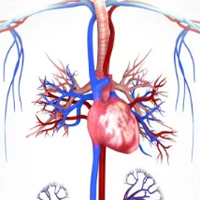
ICU Physiology in 1000 Words: The Mean Systemic Filling Pressure
Consider sitting deep within the hull of this cruise ship, ignorant to the outside. A leak is sprung and ocean begins to rush in. Thinking quickly you activate the bilge pump which, appropriately, ejects the ocean outside... read more
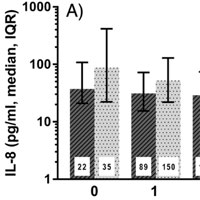
A Prospective Investigation of Interleukin-8 Levels in Pediatric ARF and ARDS
The association of plasma interleukin-8 (IL-8), or IL-8 genetic variants, with pediatric acute respiratory distress syndrome (PARDS) in children with acute respiratory failure (ARF) at risk for PARDS has not been examined.... read more
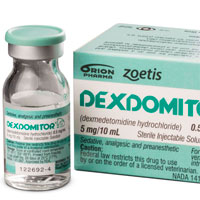
Low-dose Nocturnal Dexmedetomidine Prevents ICU Delirium
Dexmedetomidine is associated with less delirium than benzodiazepines, and better sleep architecture than either benzodiazepines or propofol; its effect on delirium and sleep when administered at night to patients requiring... read more
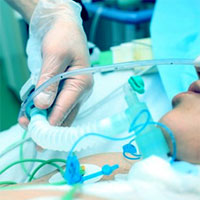
A Protocol of No Sedation for Critically Ill Patients Receiving Mechanical Ventilation
Standard treatment of critically ill patients undergoing mechanical ventilation is continuous sedation. Daily interruption of sedation has a beneficial effect, and in the general ICU of Odense University Hospital, Denmark,... read more




